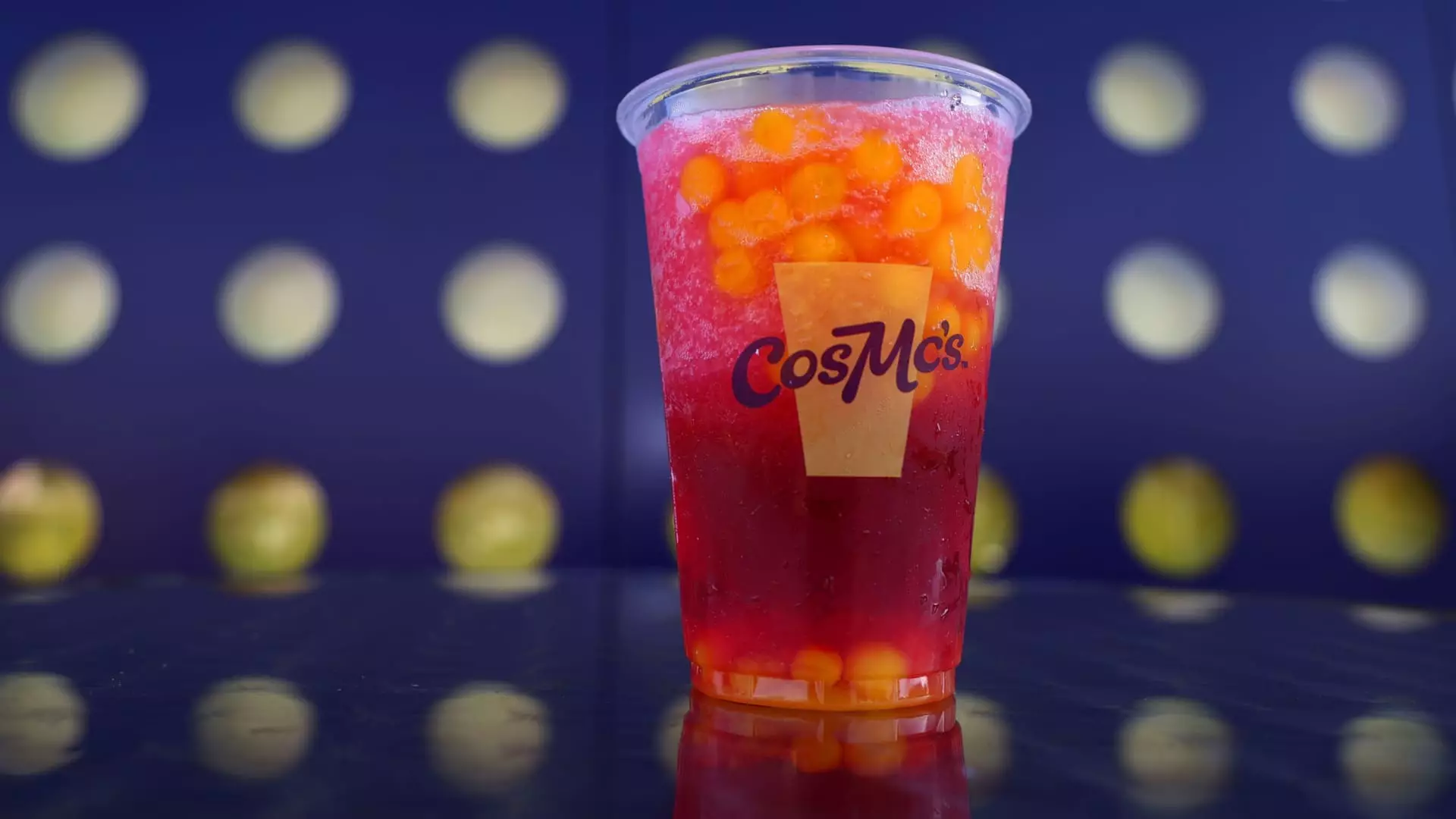Fast food chains are unleashing a wave of creative beverage offerings that aim squarely at attracting younger consumers. Gone are the days when a simple soda was enough; now, chains like Chick-fil-A are spinning seasonal concoctions such as Pineapple Dragonfruit drinks, while Taco Bell is experimenting with beverage-centered establishments like its Live Mas Café. The growing emphasis on beverages appears to be more than just a marketing gimmick; it’s a calculated move that aligns with evolving consumer behaviors.
The statistics are striking. The beverage market is indeed diversifying, with young patrons looking for more than just a sugary soda to accompany their meals. New flavor profiles, eye-catching colors, and creative packaging are all aimed at securing the loyalty of younger, adventurous diners. Given that sales margins on drinks often outperform those of food items, the financial incentive for fast food chains to innovate in this space becomes abundantly clear.
Next-Gen Consumer Behavior
Generation Z is not just another demographic; they are taste pioneers who welcome experimentation. This cohort is far more receptive to unique flavors and exotic ingredients than their predecessors, providing fast-food chains with invaluable latitude for innovation. The latest beverage trends are tapping into this open-minded spirit, introducing options like butterfly pea flower and ube that were once confined to specialty shops. For instance, Wendy’s has found success with inventive lemonade flavors such as blueberry pomegranate and pineapple mango, directly appealing to Gen Z’s exploratory taste buds.
Fast food brands need to recognize that this demographic is not shy about spending on indulgent drinks either. Claire Conaghan, a trendologist, aptly termed this the “little treat” culture, where consumers justify spending a few extra dollars for a rich, indulgent drink. It underscores the idea that Gen Z is not just about being calorie-conscious; they are equally about enjoying their experiences, making the pursuit of unique beverages a lucrative avenue for fast food chains.
Beverage Fads and Trends Evolving
It’s illuminating to see how the decline of traditional soda consumption since its peak in 2000 has created new vistas for innovation. With consumers moving away from sugary soft drinks, fast-food chains have decided to ride the wave of change rather than resist it. Instead of offering the same tired cola offerings, brands like McDonald’s are actively testing drink-focused offshoots like CosMc’s to keep up with shifting consumer preferences.
The creative blending of different beverage trends also points towards a broader evolution in consumer expectations. Inspired by the rapidly growing bubble tea craze, for instance, some fast-food chains have started experimenting with boba-style textures in their drinks, such as McDonald’s dried blueberries and fruity popping boba. It’s a brilliant strategy that leverages current trends to create a menu that is not just food but an overall dining experience.
Profitability and Convenience
When looking at profitability, beverages have distinct advantages over food offerings. Fast food chains can introduce new drinks with far fewer obstacles, mainly owing to the low-impact nature of modifications like swapping out a syrup flavor. In a labor-centric industry, where every minute counts, the simplicity of tweaking beverage options to generate profit is an attractive prospect. Datassential’s insights imply that beverages can offer higher profits and require less time and effort compared to new food items, which often involve extensive preparation and cooking.
Wendy’s President Abigail Pringle highlighted that boosting beverage sales offers an opening for growth since about 30% of customers currently do not order drinks. This represents not just a missed opportunity but a glaring pathway for increasing profits without the need for introducing complicated new menu items.
Imminent Innovations and Future Prospects
Restaurant chains are preparing for a future centered around beverages not just as an accompaniment to food, but as pivotal revenue generators. Taco Bell’s ambitious goal of establishing a $5 billion beverage business aligns seamlessly with the overall shift toward a more diversified drink offering. Their Live Mas Café concept, which boasts an impressive lineup of over 30 drink options, serves as both an experimental ground and a potential template for future growth.
Chains are now pivoting from simply complementing meals to creating cravings for drinks entirely on their own. An intriguing aspect of this evolution is how brands respond to consumer feedback, integrating learnings from concepts like the Live Mas Café into broader business strategies. If executed effectively, we’re looking at a future where beverages take center stage in fast-food chains across the board, reinventing the dining experience.
Fast-food chains are riding a wave of beverage innovation fueled by the preferences of the next generation. Rather than stagnating in traditional offerings, they are reshaping their identities around dynamic drink options, capitalizing on an opportunity that marries creativity with quantifiable profitability.

